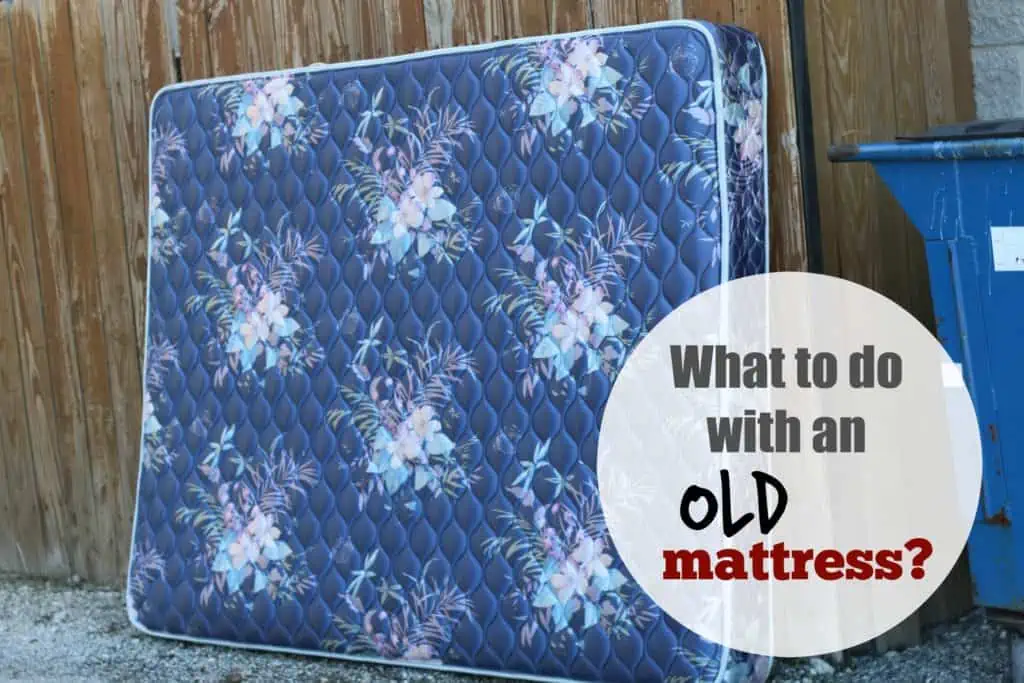Living in a small apartment can present a few challenges. Namely, you have limited space for your stuff. That can lead to a buildup of clutter and a general sense of claustrophobia.
If you feel like you’re living in a glorified closet, you can implement some design strategies to make your place seem bigger. Maximizing the space you have available not only makes your apartment look better, but benefits your mental health. And all it takes are a few smart design choices.
Put Unnecessary Stuff Into Three Piles
The first step to opening up your space is the most obvious: getting rid of clutter. Not only is it visually distracting, but clutter can affect your anxiety levels, sleep, and ability to focus.
You likely already know the common tips for decluttering such as sorting items into categories like “keep,” “throw away,” “donate,” or “sell”, or the one-year rule that states, “if you haven’t used or worn an item in the past year, it’s probably time to let it go”.
“Whether it’s statement artwork or an interesting piece of furniture, creating a focal point can help to balance the visual weight in a room, preventing it from feeling too cluttered or too sparse.”
But, you can also use technology to help reduce any paper clutter around the house by scanning important documents and storing them digitally. Cancel any print subscriptions and opt for digital versions of magazines, newspapers, and bills so the paper piles don’t accumulate again.
And if you’re struggling to declutter on your own, consider enlisting the help of a professional organizer, a supportive friend, or a family member. They can provide guidance and motivation to help keep you on track during the process, and be a more ruthless and objective third party when it comes to throwing items out.
Learn How To Siphon Natural Light
When it comes to making a space look bigger, natural lighting is your friend. It’s a great way to make it feel more spacious, inviting, and energizing. Plus, it can also reduce your energy costs by lessening the need for artificial lighting during the day.
Light-colored walls reflect natural light better than dark colors, so opt for white, eggshell, beige, etc. A matte finish also helps light bounce around without a glare.
Additionally, heavy curtains or window treatments can block natural light from entering your home, so opt for sheer or light-colored window treatments to allow more light to come through. If you have trees or bushes outside your windows, they may be blocking light from entering your home as well. Keep the landscaping around windows trimmed back. Dirty windows also block light, so clean your windows regularly and keep clutter out of the way.
Decorate With Mirrors
Using strategically placed mirrors can make your space look bigger and brighter by reflecting light and creating the illusion of more space. The simplest way to do this is to hang a large mirror on a wall opposite a window or corner to maximize the effect.
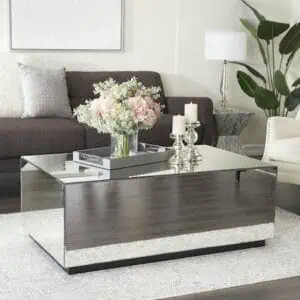
You could also create a mirror gallery; instead of hanging one large mirror, create a gallery of mirrors in different shapes and sizes on a wall. This will create a focal point and add depth to the room.
Another creative option is to use mirrored furniture such as coffee tables, side tables, and dressers. The reflective surface of the furniture will bounce light around the room, making it appear brighter and more spacious. The same goes for mirrored accessories such as vases, picture frames, and candleholders, which add an extra bit of sparkle and elegance to a room.
Just remember to be careful and not to overdo it with mirrors. While they can make a space look bigger and brighter, too many mirrors and their reflections can be overwhelming and distracting.
Make the Most Out of Your Furniture
When choosing furniture for a small space, it’s important to prioritize functionality and versatility. You also need to meet the challenge of keeping your space clutter-free. Look for pieces that serve multiple purposes, double as storage, and can be easily moved or stowed away when not in use.
There are some furniture pieces that are necessary to have in a home, so here are some tips about what types to get, and how they can save you space.
Seating
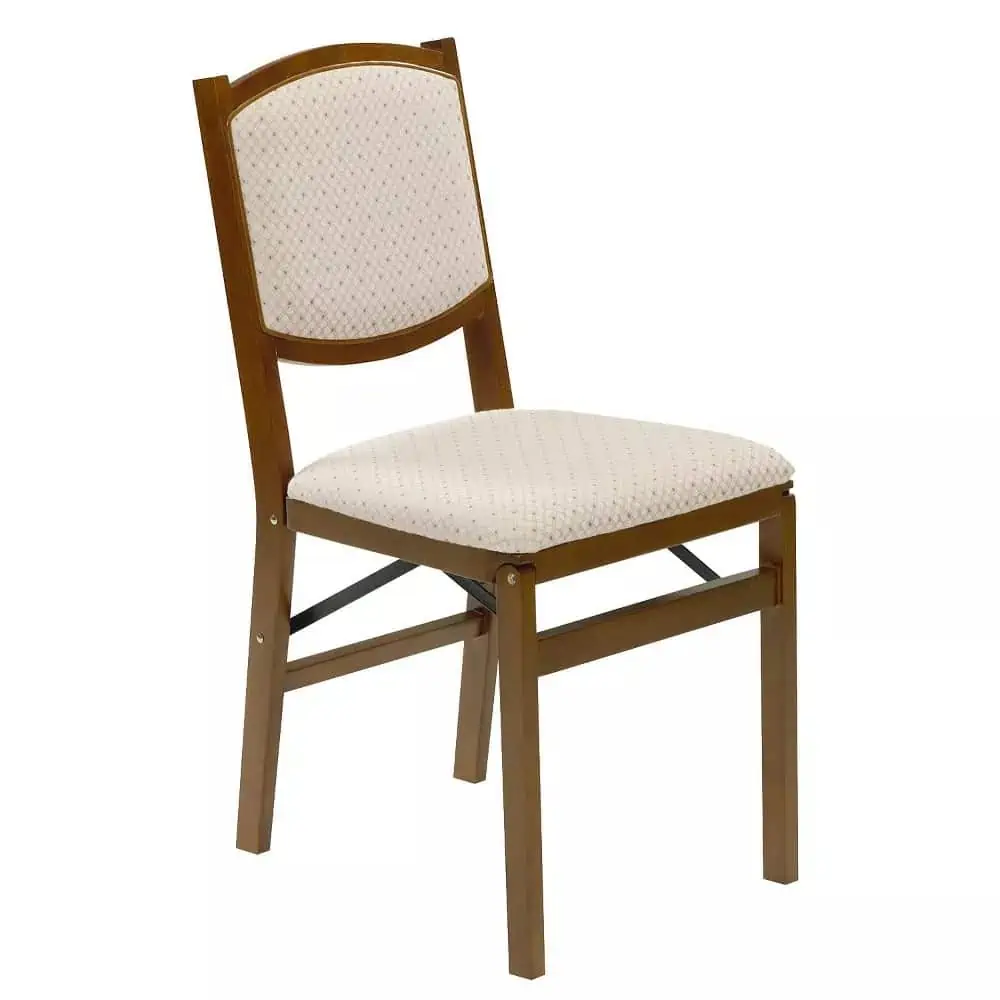
Folding chairs are a great way to keep your space clear. And many have modern designs that make them indistinguishable from standard chairs — nothing like the cold and uncomfortable metal sort you might be thinking of.
Ottomans are also a great, multi-purpose choice. They can serve as a coffee table, extra seating, and footrests while also providing hidden storage. They’re also lightweight and can be easily moved around a room. Look for an ottoman with a removable lid or one that has a hinged top for easy access to the storage space inside.
Similarly, sectional couches have storage in some of the pieces, often at the ends or the footrests, which are perfect for storing things like shoes, blankets, remotes, or extra video game controllers.
Beds

A bed with built-in storage is also a great way to maximize space in a bedroom. Look for a platform bed with drawers underneath, or a headboard with shelves for storing books and other items.
Murphy beds are a great option for small bedrooms or studio apartments. They can be folded up and stored in a closet or against a wall during the day, freeing up space for other activities. You also might want to consider sleeping on a Japanese-style futon. While you have to be mindful to air them out so they don’t get musty, they’re a great way to save some space since they’re made to be folded up and stored during the day.
Tables
There are many kinds of coffee tables that have storage. You can pick between the ones that have drawers at the bottom or sides, or the kind that has a space accessible from lifting part of the tabletop itself.
“…[R]educe any paper clutter around the house by scanning important documents and storing them digitally. Cancel any print subscriptions and opt for digital versions of magazines, newspapers, and bills so the paper piles don’t accumulate again.”
There are also nesting tables, which are a set of tables that fit together like Russian dolls. They can be separated and used as individual tables, or stacked together to save space when not in use. Foldable tables are also an option, and much like foldable chairs, they come in all kinds of styles and sizes to fit your taste and needs.
Shelving and Closets
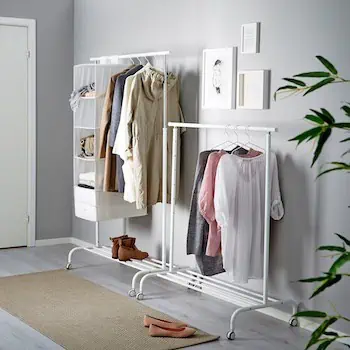
It seems like a no-brainer to say that shelving is storage, but you might not have considered that it can be converted into drawers, a table, a tv stand, or a pantry at will. Simply outfit a piece of furniture like bookshelves with storage baskets or cabinets, or turn it on its side instead of placing it against a wall.
If you’re short on closet space, clothes racks are a great way to store bulky items like coats out of the way. They can also come with wheels, meaning it’s easy to move them out of the way entirely, or trade out a winter-clothing standing dresser for a summer-clothing one. And while it’s not exactly furniture, getting a vacuum sealer for your clothing and bedding can save a lot of room in your closet.
Rolling carts are another great option for small kitchens or dining rooms. They can be used as a serving cart, a bar cart, or as an extra pantry.
Decorate Upwards
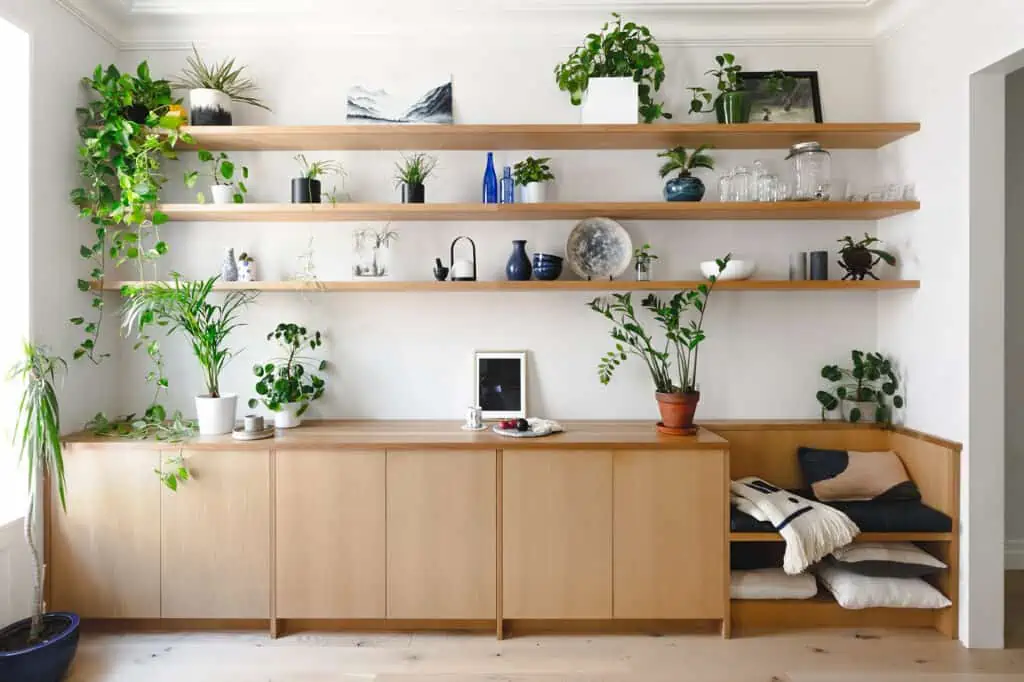
To make a space look bigger, it helps to direct the eyes up. Plus, taking advantage of vertical space means you don’t have to crowd the floor of a tiny room.
Tall bookcases are a great way to add storage and display space to a room while also drawing the eye up and making the ceiling appear higher. Or you can opt for floating shelves, which add storage and display space to a room without taking up floor space.
Hanging curtains close to the ceiling creates a similar illusion of height in a room, as do tall, vertical artwork and high-mounted light fixtures.
Make Rooms Using ‘Zones’
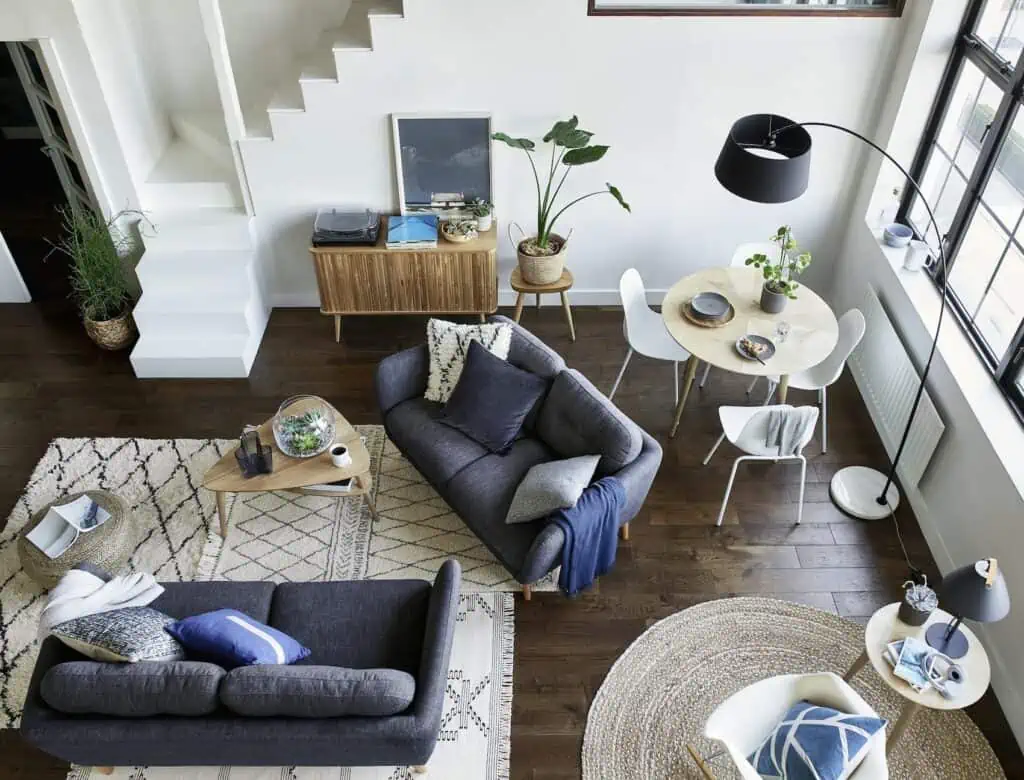
Small apartments may not have a fully separate bedroom, dining room, kitchen, etc., which can make the space feel cramped. But dividing your apartment into different zones based on their functions, and choosing furniture that fits each zone’s specific needs, will make things feel less closed-in and more functional.
When setting up your zones, make sure the furniture placement allows for a clear flow of traffic between each one. Furniture such as bookcases or room dividers can also be used to create physical barriers between different zones, helping to define each space and create a sense of privacy (if that’s what you want). You can also use different patterns, colors, or sizes of furniture, like rugs, to create distinct areas within a single room.
Take Advantage of Outdoor Space
Having a balcony in a small apartment can be a great advantage, as it’s another way to provide additional space and make your home feel bigger. Depending on where your balcony or patio is located, you could use it as an extension of your living space. Adding an outdoor rug, seating, and a few plants can transform your outdoor space into an inviting hangout.
But keep in mind that the same rules apply outside as they do inside. In other words, you should avoid too many knick-knacks, extra large furniture, and dark colors, Instead, opt for sleek and minimalistic furniture and decor, and be sure it’s made to handle the sun and weather from being outdoors
See prices for local moving labor. Read real customer reviews. Easily book your help online.
Pick These Colors, Textures, and Materials
To summarize, you have to be selective about what you bring into your home — and strategic about how you place it all — to make a small space appear larger, brighter, and more welcoming.
To maximize the appearance of space in your apartment, follow these tips:
- Use light colors: Choose soft tones of white, beige, or gray, and avoid dark or heavy colors that can make the space feel cramped.
- Create texture and depth: Incorporate different materials and finishes, such as wood, metal, glass, fabric, and plants. Mixing materials will add depth and dimension to your space.
- Use transparent or glass furniture: Transparent or glass furniture, like coffee tables or dining tables, can help create a sense of openness by allowing light to pass through them.
- Create a focal point: Whether it’s statement artwork or an interesting piece of furniture, creating a focal point can help to balance the visual weight in a room, preventing it from feeling too cluttered or too sparse. It can also help to distribute the attention evenly across the space, making it feel more comfortable and inviting.
- Use lighting: Create different moods and highlight different features of your apartment with a mix of soft overhead lighting, table lamps, and floor lamps to create a warm and inviting atmosphere.
- Keep it clean: A tidy and organized space will always appear larger. Use storage solutions to keep your belongings organized and out of sight, and avoid having too many items on display.
- Choose the right furniture scale: Avoid oversized furniture, which can make a small space feel more cramped. Instead, opt for smaller, more streamlined pieces that won’t dominate the room.
- Incorporate rugs: They can help to create the illusion of more space by defining separate areas within an open-plan living space or studio. Bookcases and partitions can also help define different zones.
Not everyone has the luxury of living in a big, wide-open home. But if you do live in a small apartment, it doesn’t have to feel that way. A few smart design choices can make your space seem much larger than it really is, which creates a much more pleasant atmosphere.

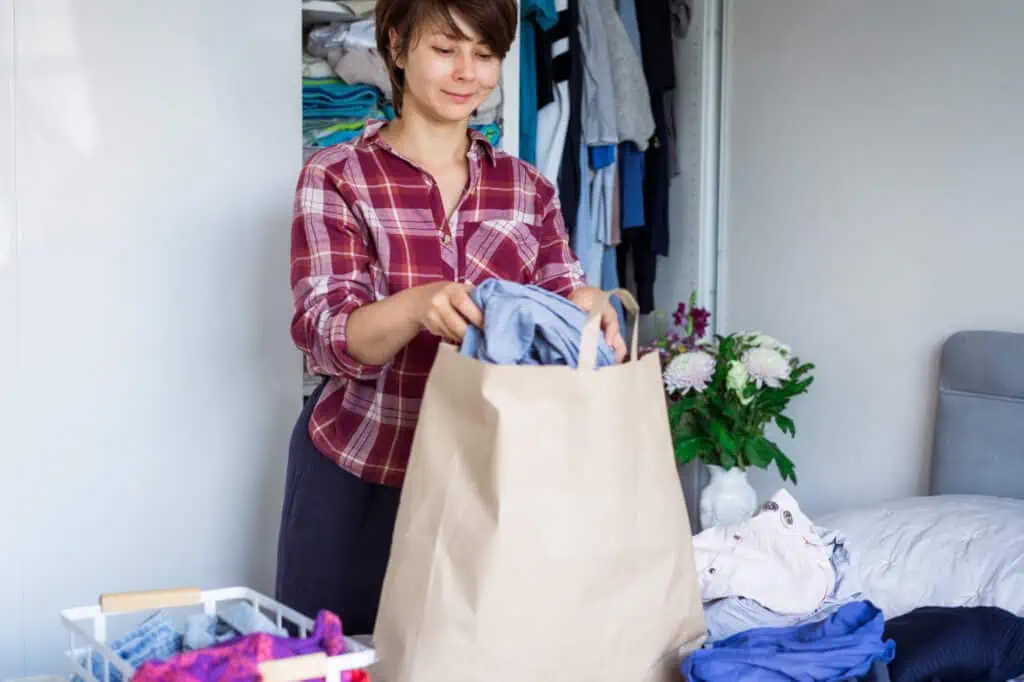
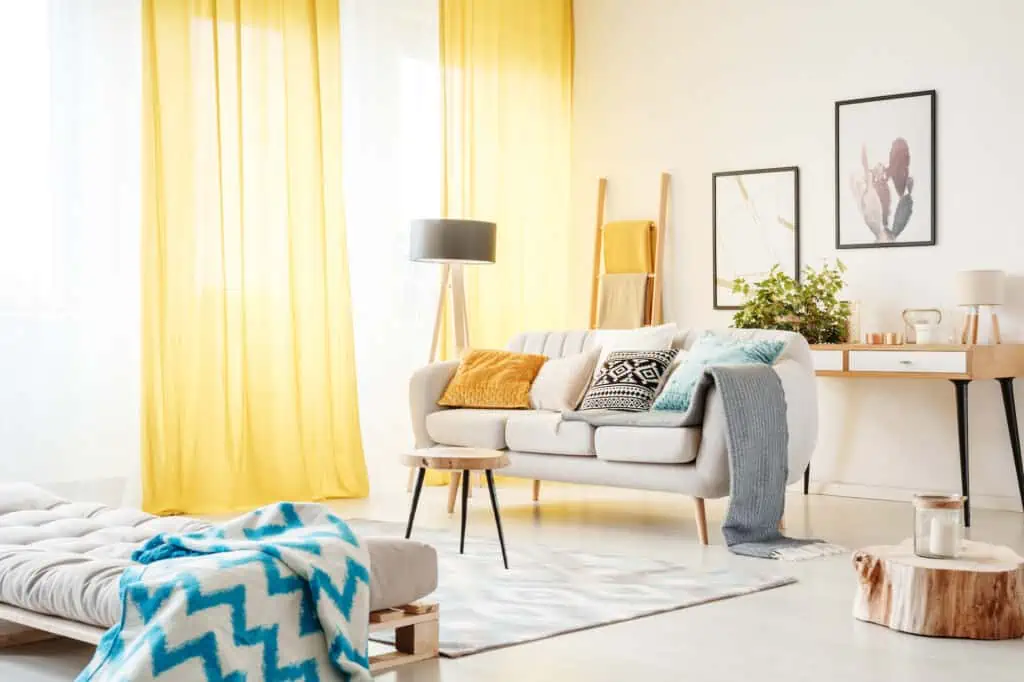
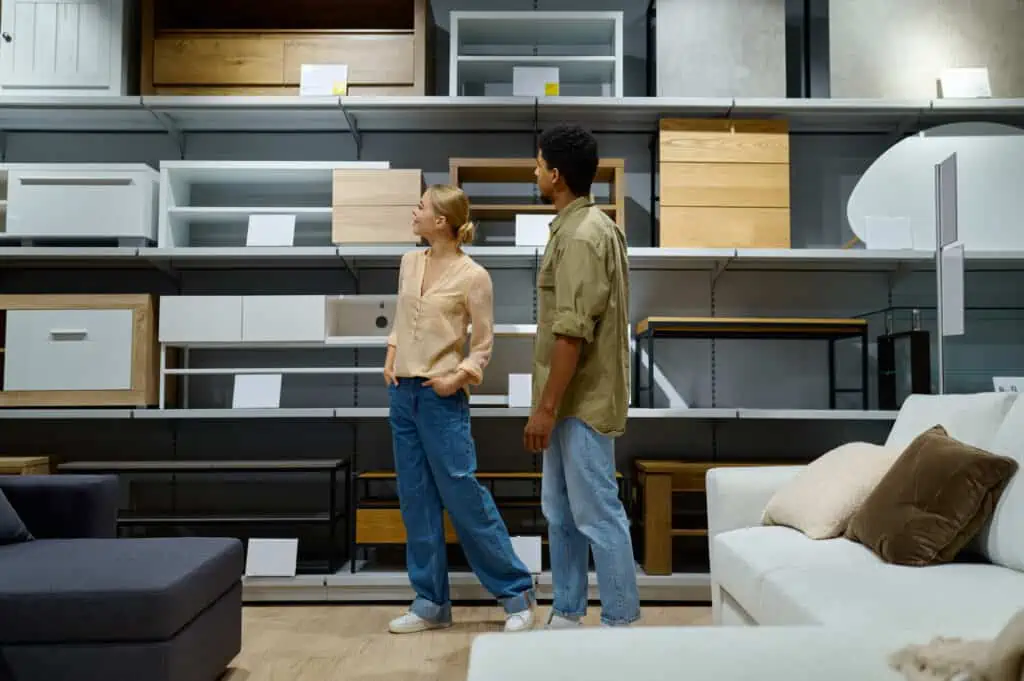


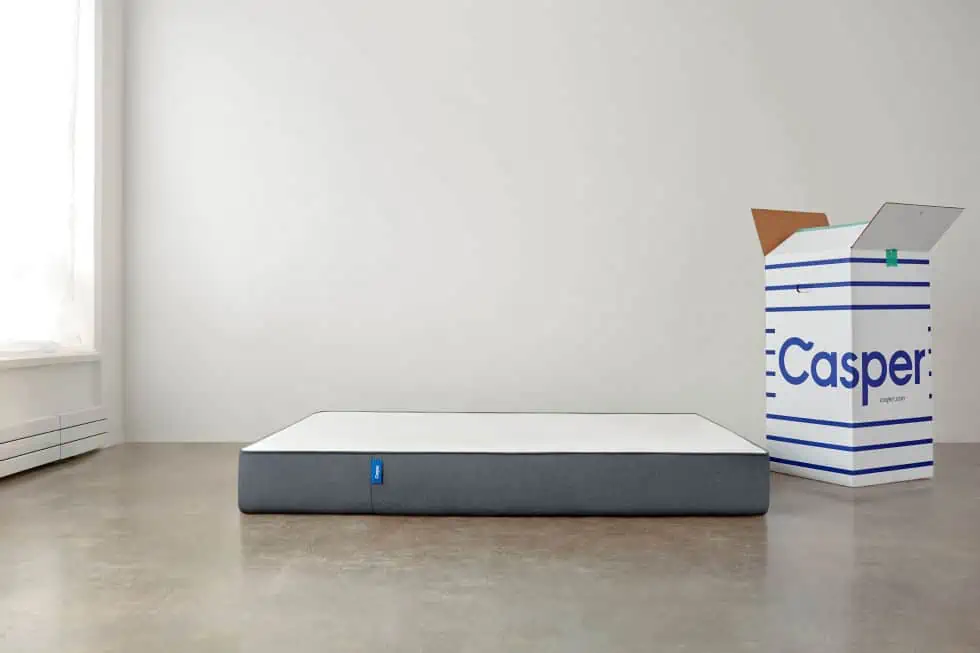
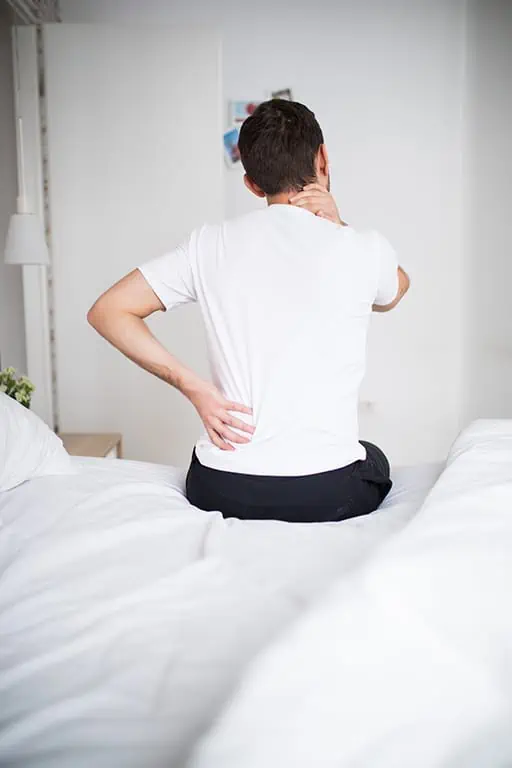 These are the biggest (though not the only) signs that you need to break up with your mattress.
These are the biggest (though not the only) signs that you need to break up with your mattress. Charitable organizations like Goodwill and Salvation Army happily accept mattress donations. There are also likely many other local institutions, such as homeless shelters and churches, who would be more than willing to accept a mattress donation or point you in the direction of someone in need.
Charitable organizations like Goodwill and Salvation Army happily accept mattress donations. There are also likely many other local institutions, such as homeless shelters and churches, who would be more than willing to accept a mattress donation or point you in the direction of someone in need.